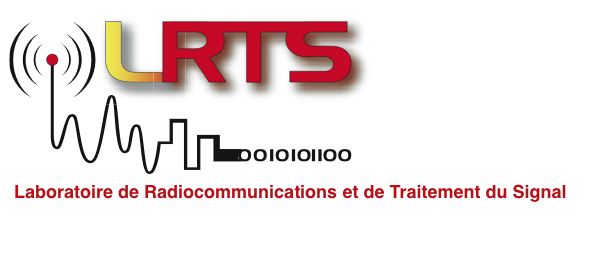
| French | English |
|
Main Members Research Documentation Seminars at LRTS Photos Publications Links Events Management |
|
Radar The LRTS is interested in radar techmisque since many decades. Earlier work has concerned the realisation of a 94 GHz polymetric radar, analytic studies of radar cross sections and on the realisation of a 15m range table radar with a 0.5m resolution. Today, our work is praticularly focused on the processing of radar signals for different goals, on radar imaging and on antenna processing for the angle of arrival estimation.In radar imaging, our reasearch work relates mainly images by synthetic apertures which exploit the target's relative movement compared to the radar during the observation period, hence the name SAR (Synthetic Aperture Radar) or ISAR(Inverse Synthetic Aperture Radar). The radar image obtained has two axes: one is the line joining the radar to the target (range) and the other is the transverse range. The additional difficulty of the ISAR with a non-cooperative target comes the unknown nature of the target's trajectory, which has to be precisely estimated to compensate for the translation movement and only keep the rotation movement. This alignment of signals (or focus) is crucial because the image quality depends on it. We are attempting to adapt different focusing techniques like MSA, GMSA, CLEAN or auto-CLEAN by using an antennay array with different combining stratgeies instead of a signle antenna. We are also attempting to exploit the radar data to create an image of the environning terrain to estimate volumes or wave directions. In these applications, the radar is a tool and the challenge lies more specifically in the development of the signal processing algorithm. In antenna processing, our research work relates to methods with a high solving capacity (the better known being MUSIC or ESPRIT) giving estimators based on second order statistics via the received signals covariance matrix. Applied to spatial amalysis with antenna arrays, these methods allow to obtain the direction-of-arrival (DoA) with spatial sampling. The estimators obtained have a separating power superior to the Rayleigh limit, hence the name superresolution. On the other hand, the emitting sources have to be statistically independant. We are studying how to decorrelate the signals by a pre-processing, how to accelerate the calculation by following the signal sub-space and how to obtain DoAs for every user in a MIMO channel.
Liens officiels du domaine |